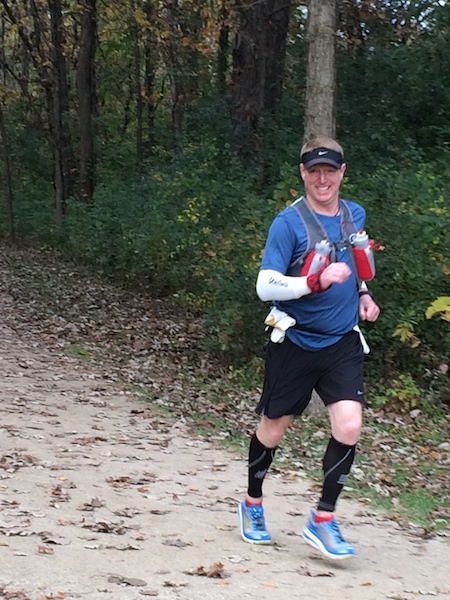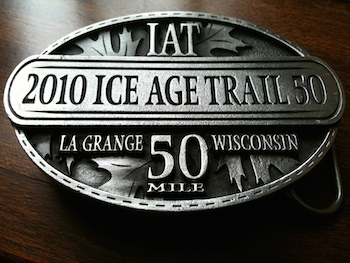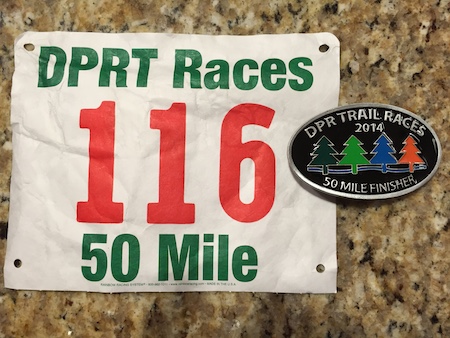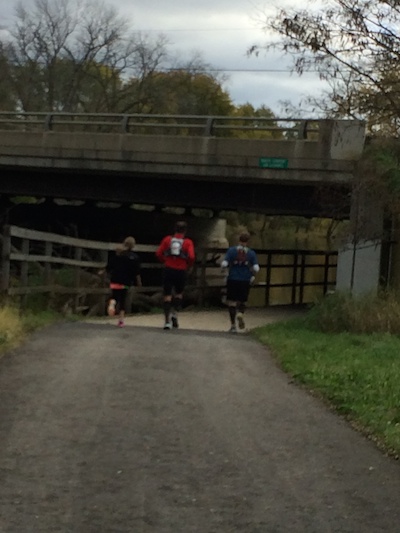Articles and News
Over The River And Through The Woods: How Ed Werner Runs And Runs And Runs | October 22, 2014 (0 comments)
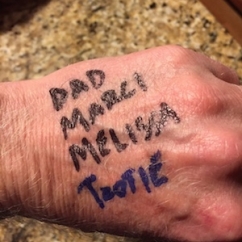
Chicago, IL—Most people don’t want to walk from the end of the parking lot to the mall entrance, let alone walk 50 miles. Running for 50 miles is totally inconceivable. But for Ed Werner of William Levine, running is both a pleasure and a personal accomplishment. To date, he’s run two 50 mile races and countless marathons and half-marathons.
It wasn’t always that way.
“Running was a punishment,” Werner says of his high school days. Although he was always athletic as a youth—he went from soccer to basketball to baseball season each year without stopping—showing up to practice late or turning in a disappointing performance for the coach meant taking a run as punishment. Nobody liked running, unless it was to chase a ball.
That all changed in college. Someone bet Werner he couldn’t run a half-marathon (13.1 miles). He took the bet and, of course, won. Immediately realizing this could be a great revenue stream for beer money, Werner took on challenge after challenge, and his half-marathons soon extended to full marathons.
“I wasn’t getting any faster, and I wasn’t getting any slower, so I figured the best challenge would be to go farther,” he told The Centurion. After college, he kept up his pace. By then, it had become habit and today he says it’s the only form of exercise he gets. Now he routinely runs ultra-marathons, which are essentially any race that is longer than the 26.2 miles of a traditional marathon.
“I travel a lot for my job, and it’s something I can do anywhere,” he says. It’s also something he uses to teach his children some life lessons. “I’m a big believer in giving a lot of life lessons. Running is a great example to my kids about showing dedication; it’s something even the old man can do!”
Werner on the run in the Des Plaines River Trail race.
One of the most challenging races Werner ever ran was the “Ice Age 50,” an ultra-marathon in Kettle Moraine State Forest, La Grange, WI.
“That’s a single track, about as wide as your body, and it’s in the mountains. If you take one step off to the side, you can go off a cliff,” he says. It’s also full of tripping hazards like tree roots and rocks. “I looked down more than up through that race because I was so afraid of falling.”
The medallion Ed Werner received for running the Ice Age Trail 50 race.
Last week, he ran another 50-mile race, the Des Plaines River Trail 50, in Illinois. That one was much easier than the Ice Age race, he said, because the trail is flat and there are no rocks or tree roots to trip a runner. Still, 50 miles is 50 miles, especially in the rain. His time for this run was nine hours, 38 minutes, and 28 seconds, about an hour shorter than his last 50-mile run. He finished in 39th place out of 150.
Werner's runner number and his finishing medallion from the Des Plaines River Trail race.
Werner has a unique way of staying motivated. On his left hand, he writes the names of his father, who passed away from Parkinson’s disease, his sister-in-law, who passed from cancer, and his good friend, jeweler Melissa Eastham, who passed suddenly last year, in black ink. This time, he also wrote the name of a close friend battling cancer in blue. (Image at top of page).
“Black is in memory, blue is in honor,” he says. Those names keep him motivated throughout the race. Although there are aid stations every four to six miles along the route, it still is a grueling day. But Werner says when he gets to the toughest points, he looks down at his hand and reminds himself that nothing can be as tough as what those four have faced or are facing.
Ed Werner (blue shirt, right) and fellow runners heading under a bridge in last week's race. The Des Plaines River Trail is smooth and flat, much easier than the Ice Age run, says Werner.
The Des Plaines race is different than a traditional race. For one thing, it’s not a fundraiser. While there are people who will ask for donations to charity to coincide with their run, this is one of the few times—in fact, just about the only time—Werner hasn’t.
“I could have asked friends to write a check, but I run so many races that after a while it’s a lot,” he says. He’s raised money in the past for the American Cancer Society and the Michael J. Fox Foundation for Parkinson’s, among other causes.
This race also is quite different from a typical marathon. There’s little or no crowd support, says Werner, unlike the millions who turn out to cheer on runners in the New York, Boston, and Chicago marathons. Here, there are only about 150 runners of varying ages and abilities, so they’re quite spread out and the race, which begins at 7 a.m., will take all day. Occasionally there will be a spectator but for the most part, it’s a solitary run. The aid stations provide water, Gatorade, peanuts, and other salty foods to stay hydrated, and at the halfway mark—25 miles out—there is a drop point where runners leave a bag of their own belongings. Werner changed his shoes, socks, and shirt because this year’s race was in the rain, and also he packed some of the special foods he likes to eat. Then he turned around and ran the 25 miles back.
The other difference is that runners in this race support each other and cheer each other on. While there are some professional athletes competing—they are paid and they have sponsors—most of the runners, like Werner, do it for the love of the sport, not to finish first. There’s no prize money in this race, either, just recognition for the top finishers of each age group.
“It’s very different when you’re chasing a ball than when you’re just running to run,” he says.








